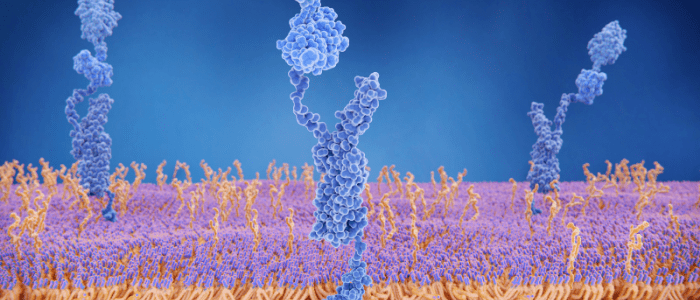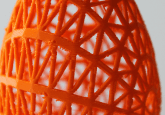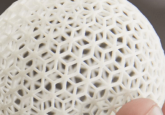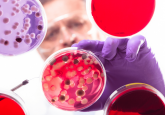Ultrashort peptide ‘ink’ could lead to long-term cell survival in bioprinting

Researchers at the King Abdullah University of Science and Technology (Thuwal, Saudi Arabia) report on a novel method of 3D bioprinting using ultrashort chains of amino acids as the scaffolding ink base. Three ultrashort peptide chains containing different combinations of isoleucine, lysine, phenylalanine and cyclohexylalanine were used with a novel triple-inlet nozzle. As the peptide ink enters one inlet, a buffer solution enters another while cells of the target tissue are fed through the last inlet. The peptide ink mixes with the buffer and combines with the cells at the outlet. As the ink is ejected, it instantly solidifies and...





